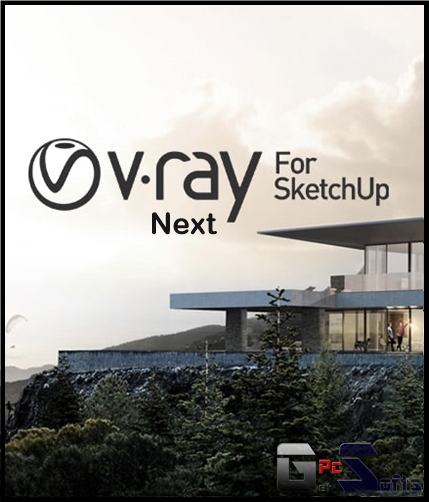
In order to render correctly with V-Ray Next for SketchUp, you will need to install the V-Ray Next Render Nodes. Version 5 of the Render nodes are also compatible with builds from version Next. To do this, I simply go to my glass material in the V-Ray Asset Editor and disable the "Can be overridden" option. Can I also render with a V-Ray 5 Render Node in V-Ray Next for SketchUp Yes, you can. Therefore, I will use the Material Override function to override all the materials, except the glass, and allow the light through the geometries. Once I have analyzed the space within the 3D model, I start my SketchUp rendering process with the default V-Ray lighting: VRaySun and VRaySky.įor this tutorial, I have previously applied some basic materials that correspond to the general finishes of a new apartment (floor, walls, glass, and doors). In this tutorial, V-Ray Product Specialist Ricardo Ortiz uses an interior scene to demonstrate how these powerful new additions can accelerate your creative processes and add extra details for exceptional photorealism. Well only be discussing the usage of V-Ray for SketchUp in this article. Besides this extension for use with SketchUp, they have other rendering solutions as well which arent part of the SketchUp Studio collection.


You can make use of the free models and materials provided in Chaos Cosmos, customize surfaces with V-Ray Decal, and tune your render with LightMix and post-processing. V-Ray 5 for SketchUp is a popular rendering package by Chaos Group, a 3rd party. With V-Ray 5 for SketchUp, Update 2, Chaos has introduced intelligent new tools that make it easy for architects and arch-viz artists to create incredible renders.


 0 kommentar(er)
0 kommentar(er)
